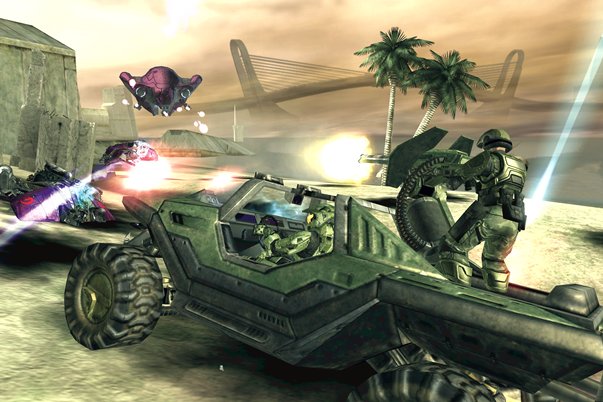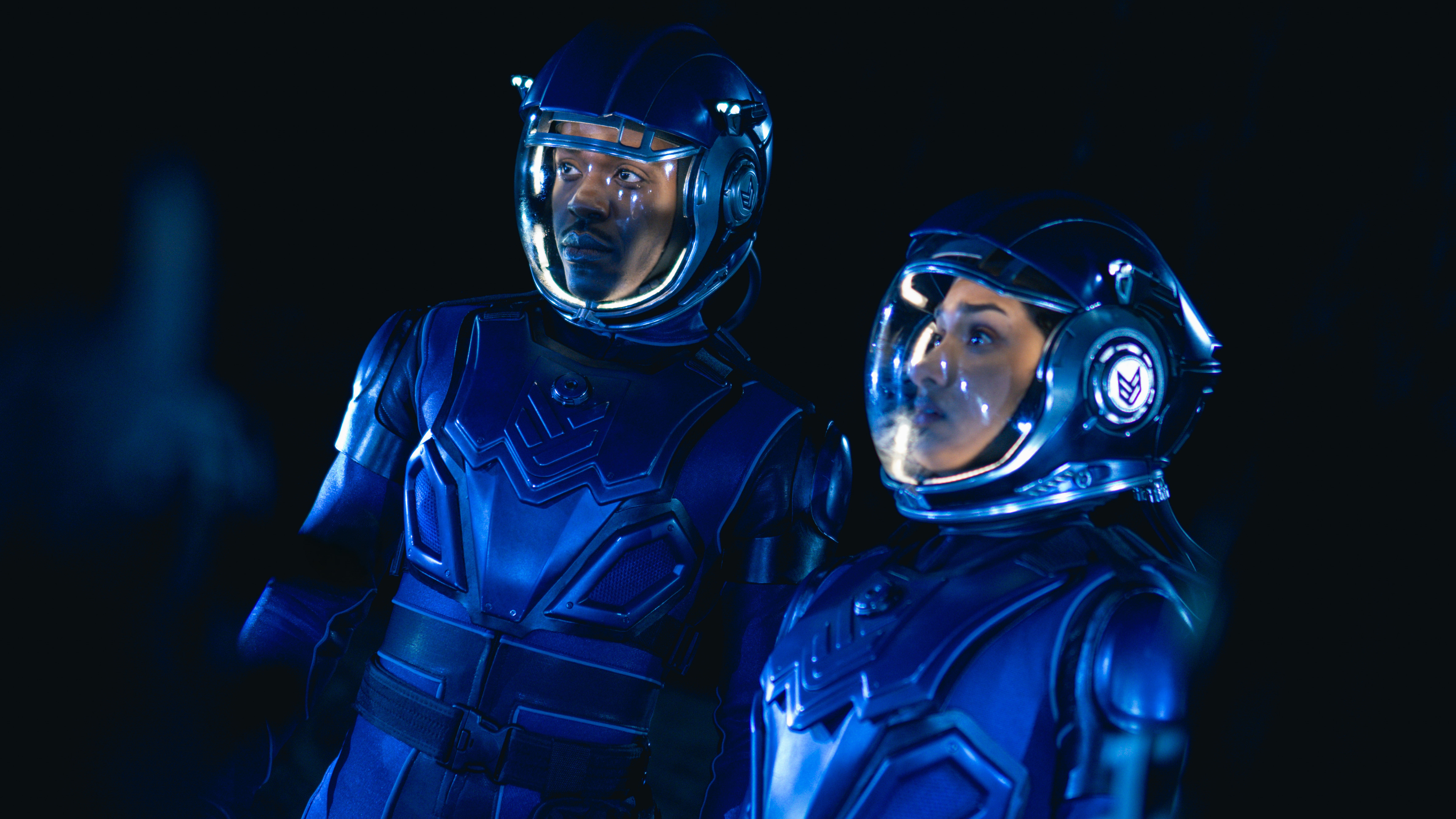Halo 2
[Multi] Bungie says Halo 2 multiplayer only Live 'somewhere'
Last month at E3, Halo developer Bungie dropped off a cargo container full of unanswered questions surrounding the franchise, but only gave us a styrofoam cup worth of explanations.
This week in theirupdate, Bungie maintained that Master Chief's return to the PC will remain a Vista-only experience, but won't take advantage of the cross-platform matchmaking that Vista's Live Anywhere service could offer. Frank "Frankie" O'Connor of Bungie explained that "the gulf - more than two years - between the launch of Halo 2 on Xbox and Halo 2 on PC means that a level playing field would be impossible."

Halo 2 wasn't built from the ground up with cross-platform multiplayer in mind (unlike recently announced Shadowrun). So, PC gamers will only play against other mouse-and-keyboarders, and Xbox/Xbox 360 players will have to keep their "assisted aiming" controllers to themselves.
So, in summary, any more Vista delays equal Halo 2 pushback for the PC; and Windows players won't get to splatter thumbstick-happy brain cheese across the freshly waxed Warthog. Damn.
June 1, 2006
Sign up to the GamesRadar+ Newsletter
Weekly digests, tales from the communities you love, and more


